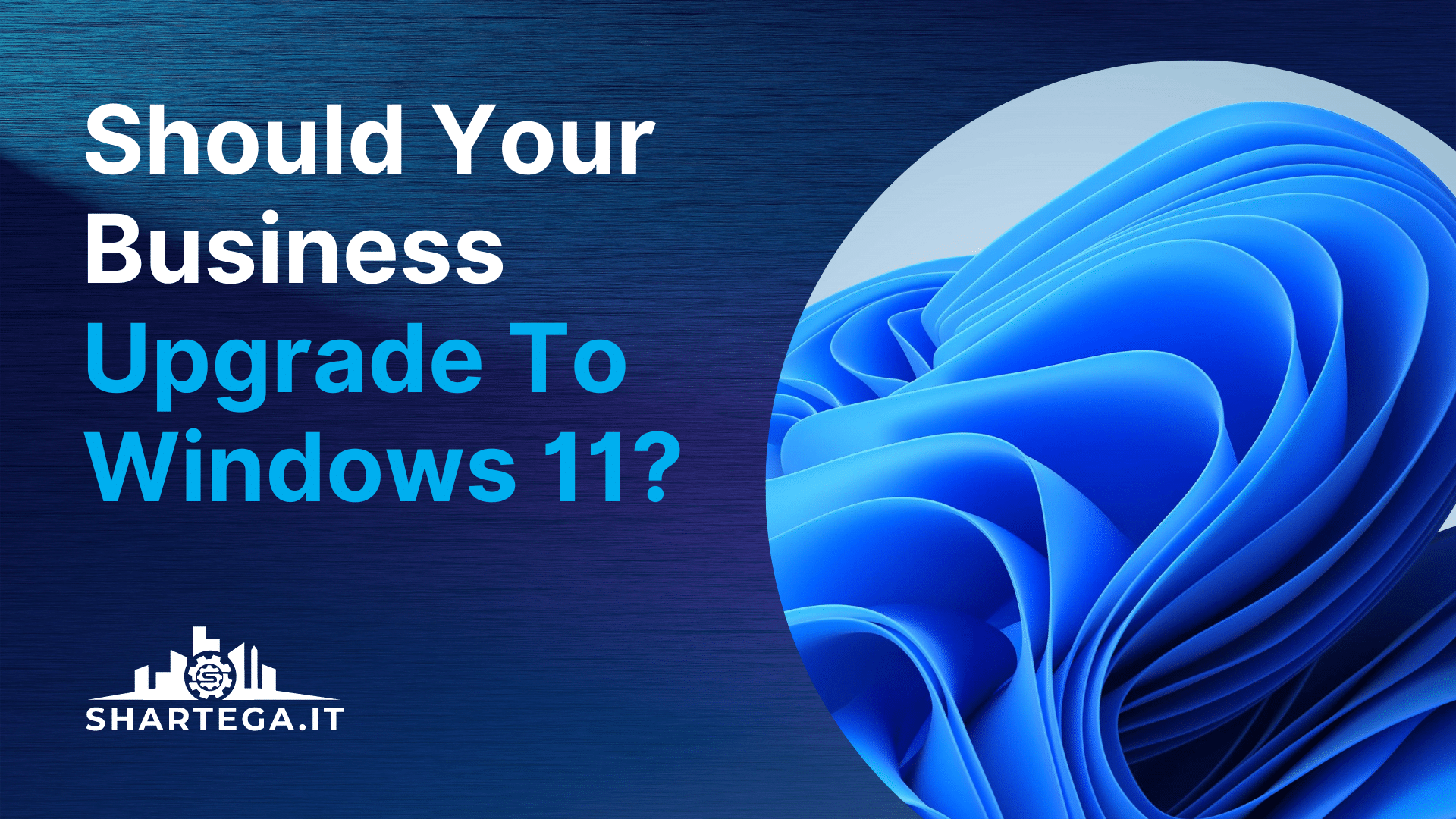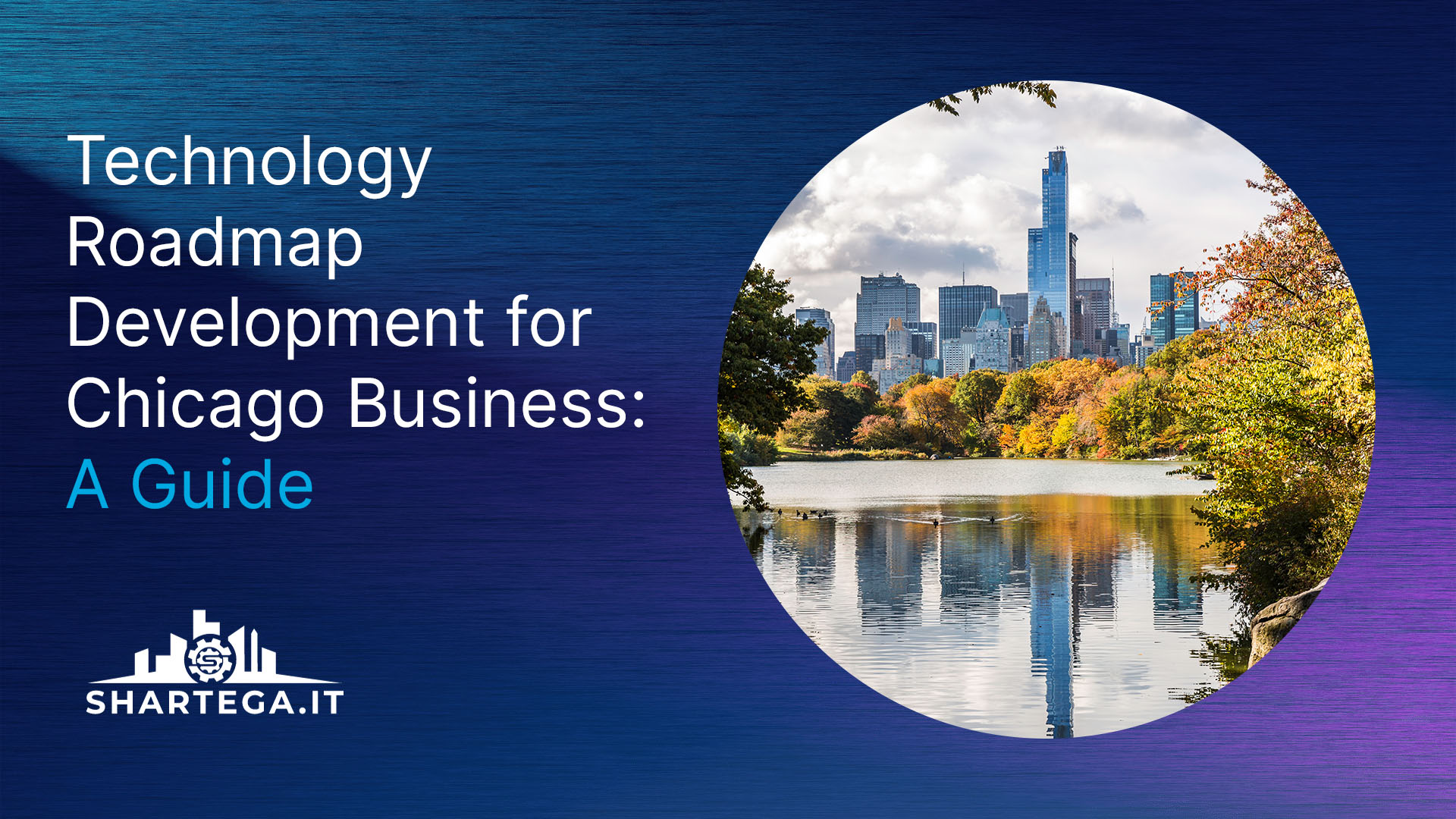Microsoft announced that Windows 11 would start to become available as an upgrade on October 5, 2021. While some have upgraded already, others are being cautious and staying with Windows 10, as it will be supported for a few more years. The response from the tech community has been mixed, with many suggesting businesses should wait to upgrade their computers. Should your business upgrade to Windows 11 or stay on Windows 10? Here are a few factors to consider.
Are The Machines In Your Organization Eligible For The Upgrade?
While the requirements for running Windows 10 were pretty tame, you’ll need a slightly beefier machine to run Windows 11. Your computer will need to have at least an 8th-gen Intel Core CPU or AMD Ryzen 2000 series or newer.
4 GB of RAM and 64 GB of storage will also be necessary, although that’s not asking for much these days. Your display will have to be at least 720p too, which shouldn’t be a problem as most displays in use are 1080p or greater unless they are more than a decade old.
Something that was not required in the past with Windows 10 however, is the requirement of TPM 2.0 and UEFI Secure Boot. TPM is a hardware chip that can be used to secure data, passwords, and keys in your computer. It’s built into the motherboard and provides additional security features for specific applications. UEFI Secure Boot is a standard that ensures that only signed and trusted software is started up when your computer starts up.
Running the PC Health Check app on Windows 10 will tell you whether or not your computer is eligible for the upgrade. When you are ready to upgrade, you can do so through Windows Update.
For the full list of system requirements, visit here.
What Has Changed In Windows 11?
The new Windows 11 features are more than just cosmetic changes. Microsoft has added a modern design and centered taskbar to its desktop OS, which it hopes will make Windows easier to use and more familiar for users upgrading from other operating systems.
New & Modern Design Update
Windows 11’s new design has taken inspiration from macOS and Android, incorporating the use of rounded corner windows, blurred transparency, and fluid animations when opening or closing a program and moving windows.
Your pinned apps are now visible at the top of the start menu, and the live tiles that were very prominent in Windows 10’s start menu have been done away with completely.
Quick Settings Menu
The Action Center in Windows 10 has been replaced with a Quick Settings menu, allowing you to see essential controls like volume, brightness, Wi-Fi, airplane mode, night light, and accessibility. Notifications and the calendar have also been merged together in their own menu.
Snap Assist & Multitasking
When snapping a window to one side of the screen, you now get a frosted glass-looking preview and an animation when the window fills the screen. There are also now six different layouts for window arrangement when you have two, three, or four windows on the screen at once.
Task View has been simplified in Windows 11 and you are now able to have separate wallpapers for virtual desktops if you are a fan of that feature.
Changes To Apps/Programs
The file explorer UI has been greatly reduced, a big improvement from the cluttered ribbon menu that was there previously.
The settings app has also gotten a major overhaul. It is now more organized and stylistically coherent like the macOS settings panel.
Microsoft Teams is now integrated into the start menu and it replaces Skype as the default communications app.
Internet Explorer has been removed from Windows entirely and is nowhere to be found (finally).
Windows Setup
The initial Windows setup process has been visually changed to appear more colorful and vibrant. The integration of voice assistant Cortana is no longer included in the setup process but is still accessible if needed.
There will also be no 32-bit version of Windows 11 offered. If a 32-bit version of Windows is necessary for older CPUs, you will need to install Windows 10.
Do I Need To Switch?
Windows 11 introduces a good amount of new features and improvements, but it is probably best to upgrade your personal machine for now if you’d like to try it out.
Upgrading a whole business to Windows 11 is a daunting procedure for many organizations, specifically because of the stricter hardware requirements like TPM 2.0. An analysis of 30 million computers at 60,000 organizations done by Lansweeper indicated that only 44.4% of workstations were eligible to upgrade. That’s a very large number of new computers that would need to be purchased all at once for a company-wide upgrade.
Windows 10 will continue to be supported through October 14, 2025, and it would be smarter for businesses to stick with it for a couple more years.
Step Up Your IT Game.
If you’re trying to run a business but you don’t want to deal with the IT part, that’s where we come in! Shartega IT is a managed IT service provider (MSP) that can provide you with the IT essentials you need from day one at a flat-rate monthly subscription price. Our services include a 24/7 help desk team, network monitoring, hardware and software procurement, breach detection, cloud backups, and more. To learn more or schedule a meeting with us, click below.





